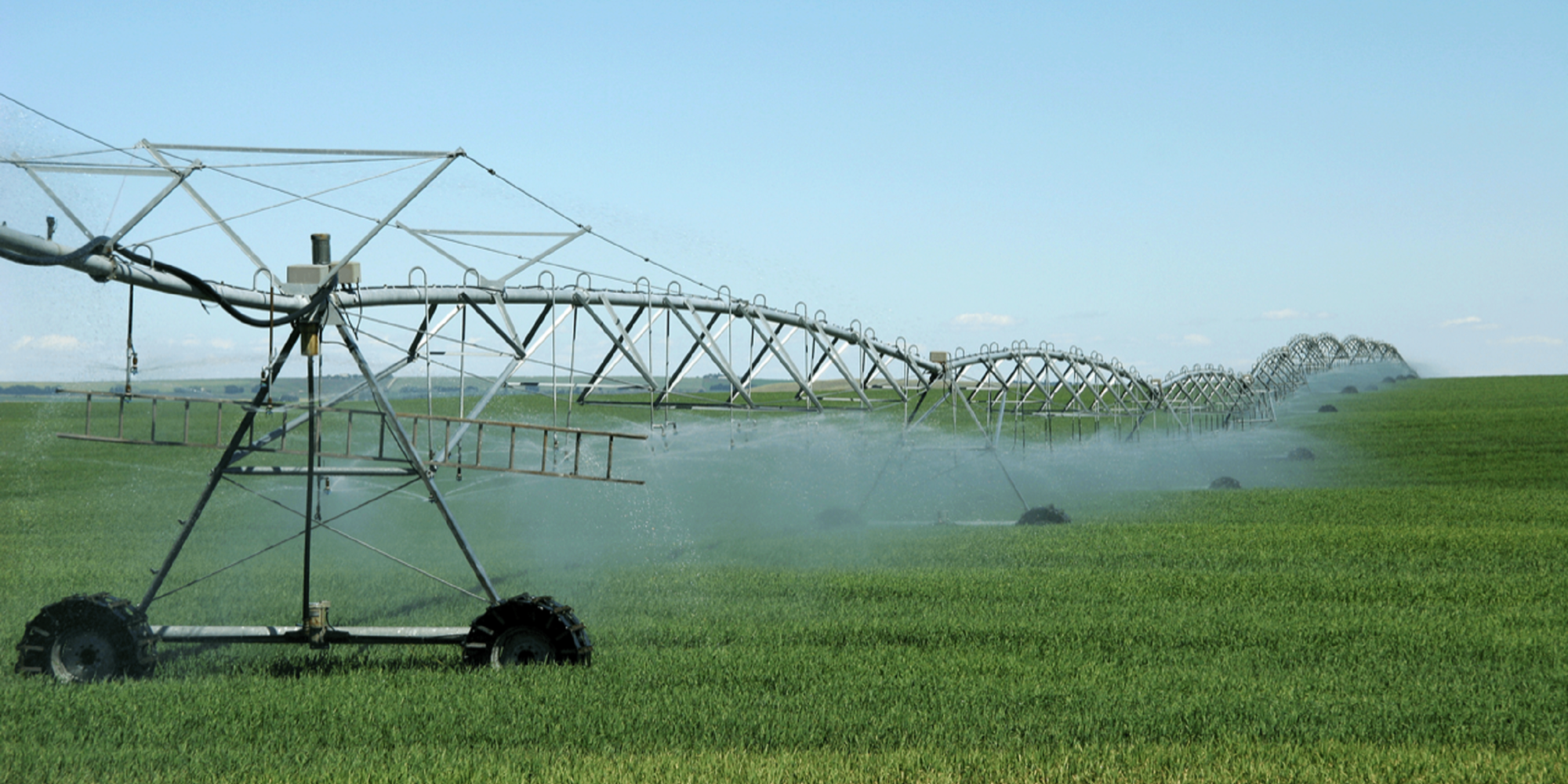Water: ways to use it more efficiently
Population growth, increasing prosperity and climate change are set to make water shortages a problem. The strong demand for water in agriculture plays an important role in this. However, there are promising solutions for increasing water efficiency in agriculture and these could help counteract the impending water shortages and the resulting food supply crisis.
Text: Jonas Knüsel

Strong population growth must go hand in hand with an increase in global food production in order to ensure people are fed. According to estimates by the United Nations, the world’s population is expected to grow from around 7.9 billion people to almost 10 billion by 2050, which corresponds to growth of approximately 25%.
Agriculture: Largest consumer
Agriculture already accounts for almost 63% of the world’s fresh water consumption, albeit with strong regional variations (see table below). Although the relative growth of agriculture will be lower than in industry, cities and households, agriculture will nevertheless be responsible for the biggest increase in water consumption in absolute terms. In addition to population growth, rising global prosperity will mean that up to three billion people will be part of the middle classes by 2030, a change which is expected to continue to drive water consumption in agriculture, as wealthier people consume more water-intensive foods, such as coffee and meat. Increasing water efficiency in agriculture is therefore urgently needed in order to reduce or avoid the impending water shortages.
Impending global water shortage

Source: Zürcher Kantonalbank, expected global demand for fresh water to grow in the absence of any additional water efficiency or protection measures. Figures in cubic kilometers (km3).
Opportunities Changing dietary habits, increasing water efficiency
In 2022, about 30% of the water used in agriculture went into livestock farming (including the associated feed production), while the remaining 70% was used for fruit and vegetable crops. We expect that the proportion of water used for livestock farming will slowly decrease over time (due to the ongoing success of plant-based proteins) in favour of fruit and vegetable production. Almost half of the 70% of water used was lost due to inefficient irrigation techniques, inefficient use of water and evaporation. These losses will have to be contained.
Additional burden of climate change
In addition, ongoing climate change will lead to globally changing temperatures and precipitation profiles. Agricultural experts assume that extensive cultivated areas in the global South will become less productive, that water scarcity will increase in these areas, and that these regions will in some cases only be viable for agricultural production with high irrigation costs. Instead of surface water, more and more groundwater is likely to be used for irrigation in these regions, but this is often not a sustainable substitute, as it is renewed up to 1,000 times more slowly than surface water.
One-third of the cultivated area will be heavily impacted
Studies show that up to one third of the cultivated area currently used worldwide will be severely impacted by climate change. The newly added cultivated areas, mostly in the North, will be unlikely to be able to compensate for the losses. It is therefore important that the efficiency of water use is consistently increased in order to counteract an impending crisis in the food supply.
Solution approaches
What options are there for increasing the efficiency of water use? There is a wide range of promising starting points:
- Expansion of droplet irrigation, which distributes the water to the plants in a targeted way
- Increased use of data analysis tools that provide farmers with innovative data-based decision-making aids in such a way that irrigation can be optimised in terms of quantity and time
- More precise measurement of water use by sensors to prevent underwatering and overwatering
- Increased collection and storage of rainwater, for example, in man-made water reservoirs
- Use of covers over cultivated fields to contain evaporation losses
- Innovative fertilisers that increase the soil’s ability to store water
- Innovative plant seeds that require less water and are therefore also better able to cope with dry climates
As part of our investment strategy, we are invested in numerous businesses that offer products and solutions to increase the efficiency of water use in agriculture. The most notable of these are:
- Advanced Drainage Systems (rainwater collection and storage systems)
- Kubota (machines and software, especially for water-intensive rice cultivation)
- Valmont Industries (irrigation technology)
- Various pump manufacturers (irrigation technology)
